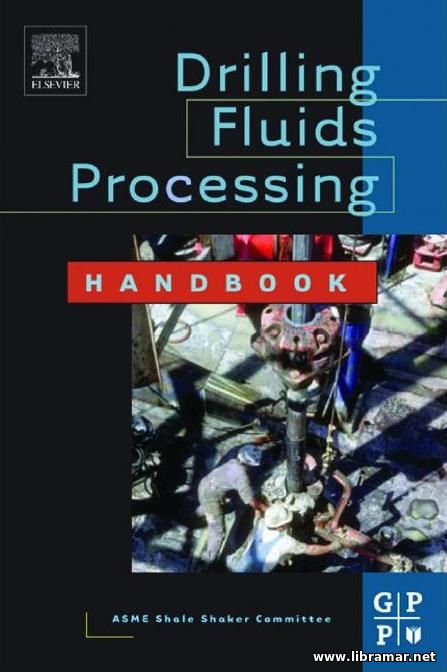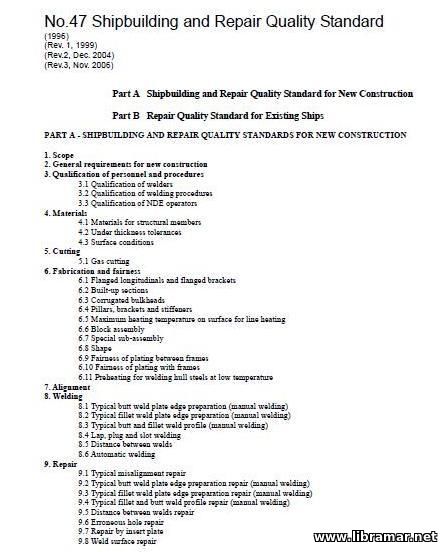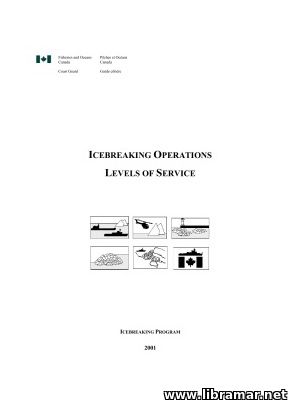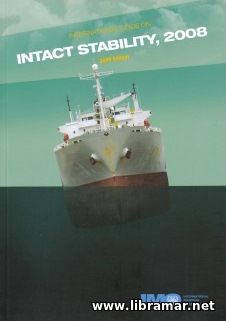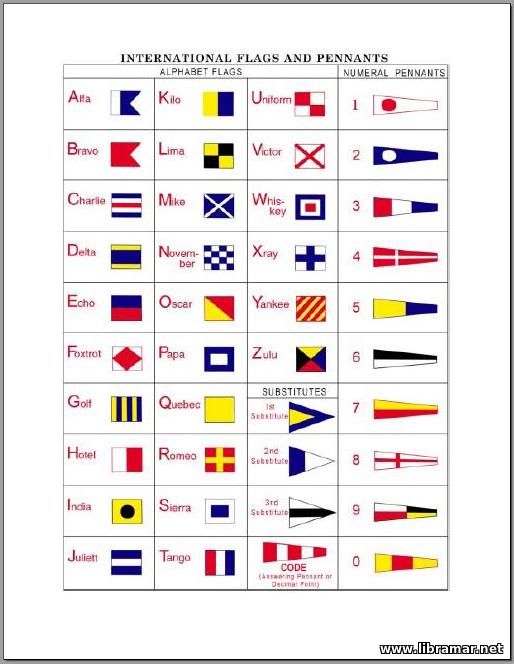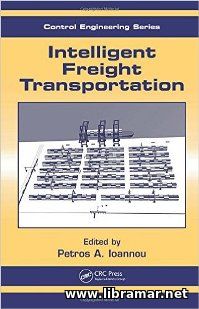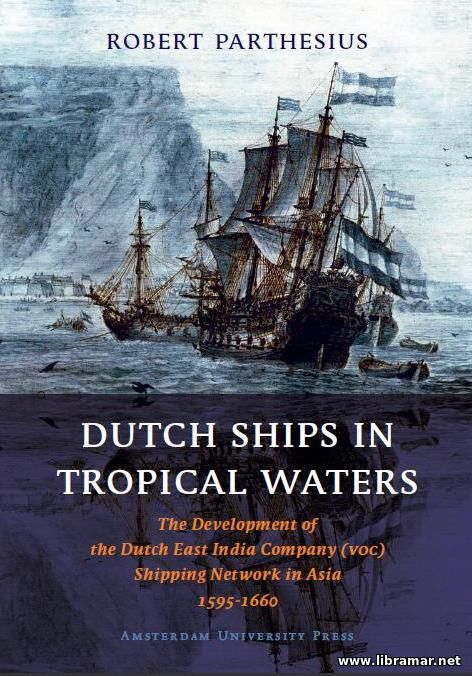
During the last years of the XVI century, the Dutch East-India Company became a very strong economic and political force in Asian region to become a world-leading private company by mid-seventeenth century. Robert Parthesius, professional archaeologist and marine historian, who is the author of present definitive publication has explored one of the most important instruments in the trade of the company, namely its vessels.
He has performed a complete reconstruction of the shipping activities conducted by the subject company using a truly unique database charting all movements of even smaller ships that used to be ignored in the past. The publication demonstrates that the broad range of sizes and types of ships were in fact what did give the above mentioned Company its ability to sail and continue to trade in a profitable manner for years; the book also combines the best of the naval history and relevant maritime archaeological researches to change people's understanding of the dynamics behind maybe the most successful and critically important businesses of that period.
A perfect monograph prepared to present the case of how exactly the VOC developed its network in Far East region. A very useful title covering all aspects of subject development.
